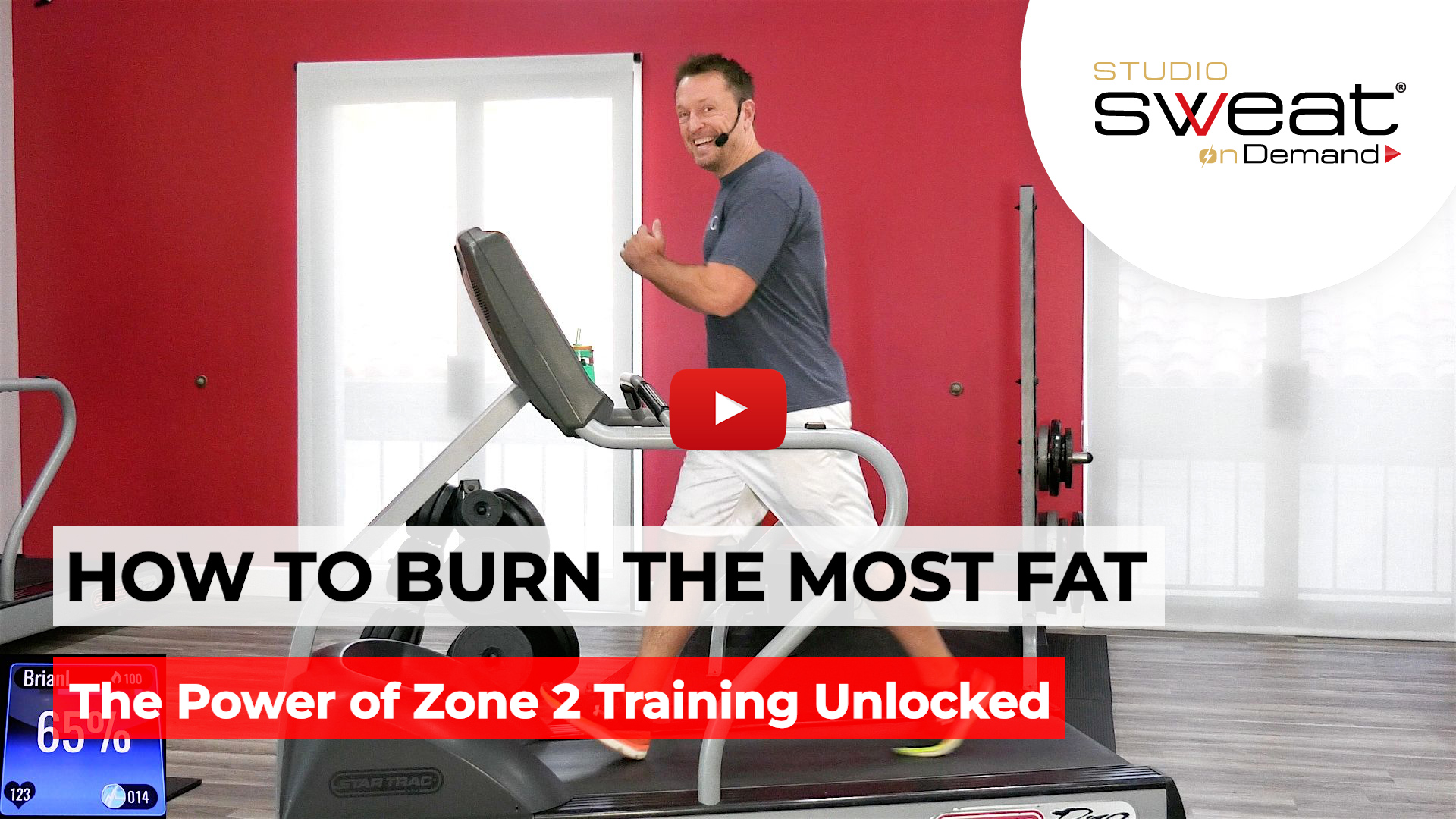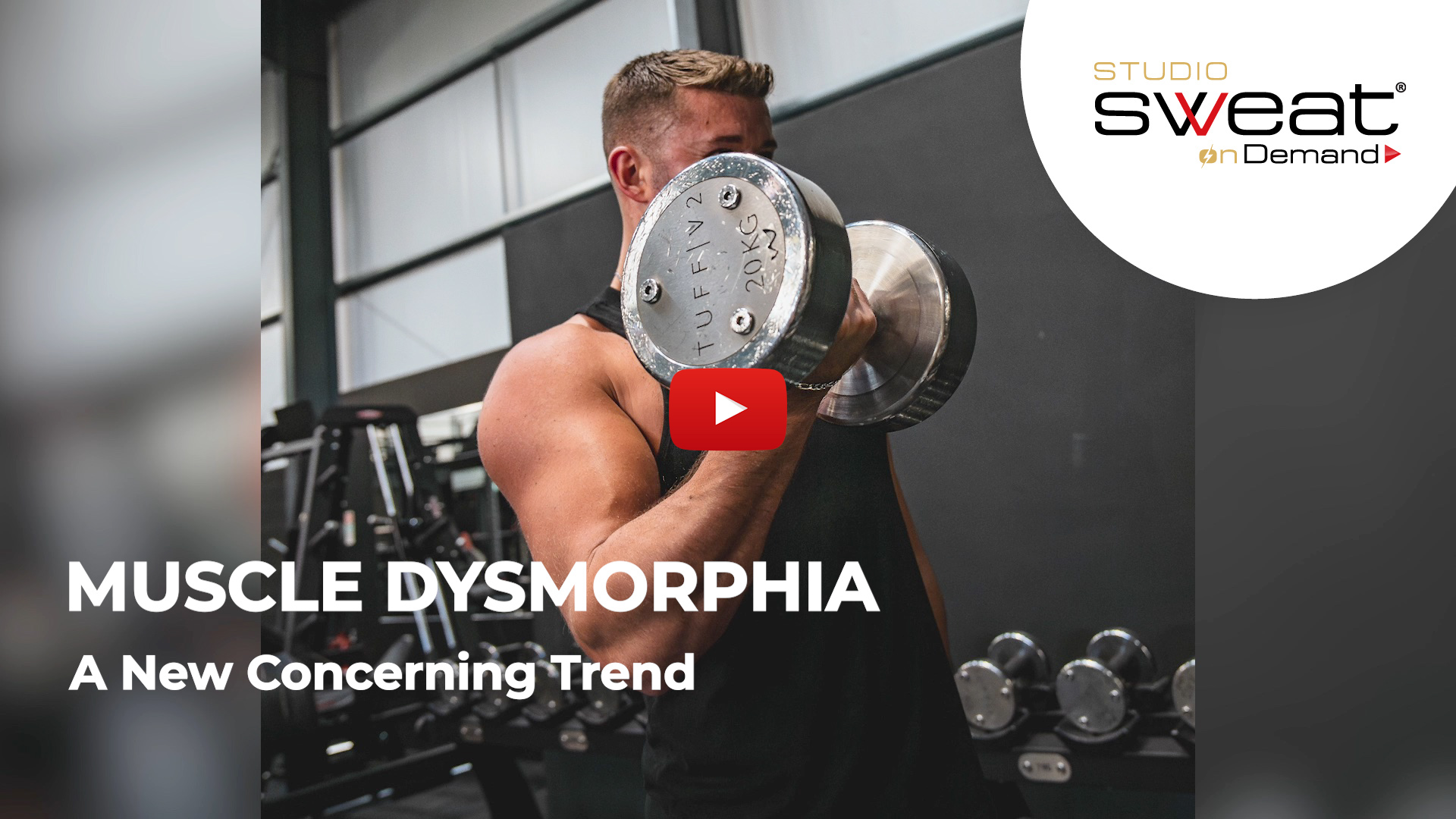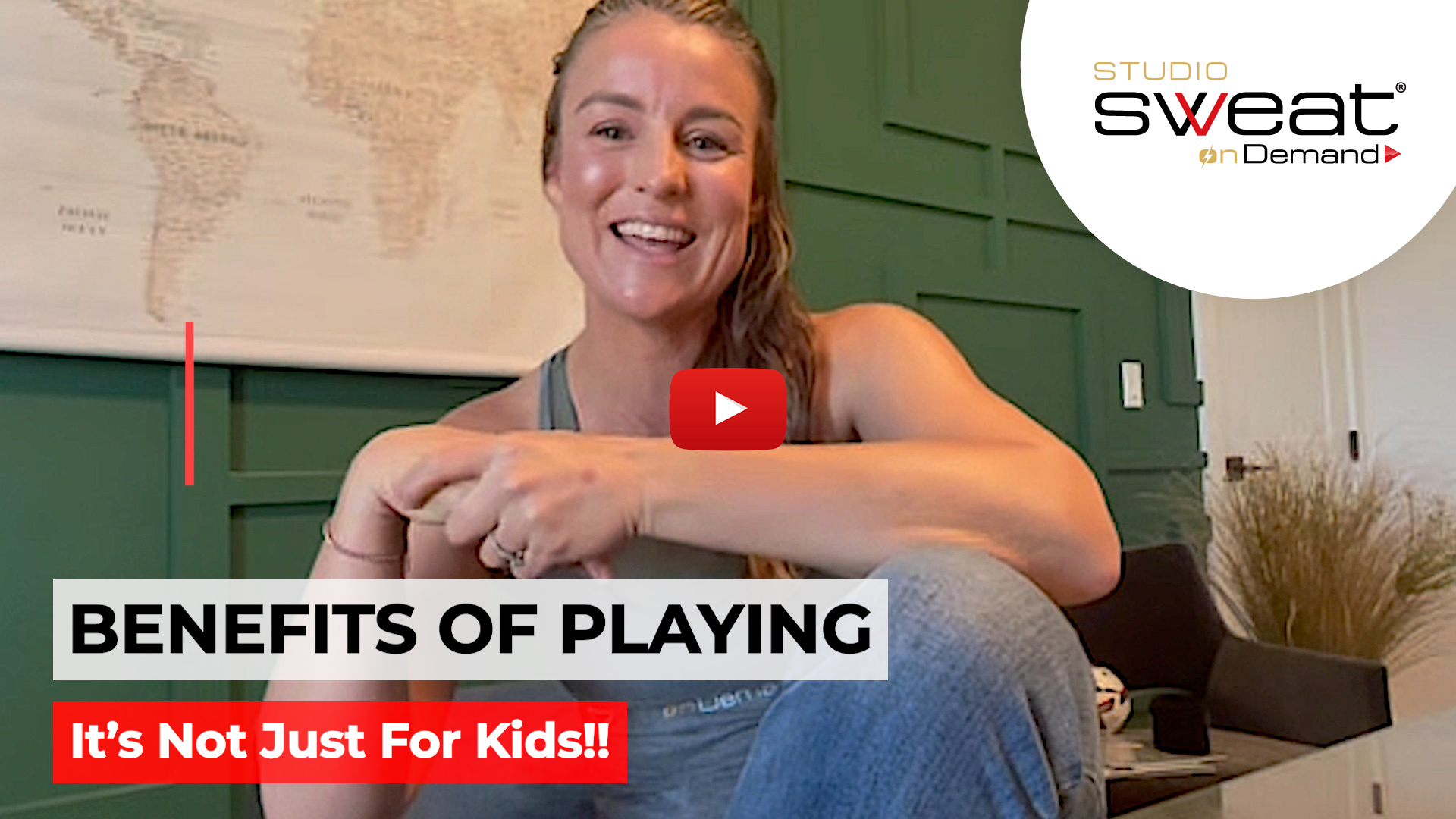Watch or read more with this Pro Trainer Tip from SSoD Trainer Sam!
Have you ever been told by a trainer how to position your body for an exercise move and it just didn’t feel right? Or you look at the person next to you and neither of you look the same? Well, no two bodies are the same, so Trainer Sam is here with some incredible tips on how your anatomy should impact your squat form (and other exercises), and pro tips on how to work with your own body to maximize the results you get with every exercise you do.
Sam has been a Pilates trainer for 8 years, and personal trainer for five. She encourages you to find the position that feels right in your body, NOT the person next to you. To demonstrate how your body structure impacts your body positioning for strength moves, Sam will give some exercise-specific examples, but these tips are not limited to this vlog. In all cases, you should listen to your own body.
Squats: Traditional and Sumo Squats
Foot position
Have you ever been in a class where the trainer demands that you point your feet out or keep your toes pointed forward? When you try that, maybe it feels fine, but it might not feel natural to you. Or it might even strain your low back or hips. The way your hip socket and thigh bone connect varies by body. Some people have a more internal rotation, and others are more turned outward. Not too many people are a perfect parallel. No one is perfectly square in their hips and thighs.
Say you set up for a traditional squat with your feet parallel, but find you can’t do the movement. Maybe you can’t hinge your hips, or your back and neck don’t feel right. Rather than focusing on keeping your feet in that parallel position, find the stance that feels parallel (or wide/turned out for a sumo squat) to you.
Here’s a trick Sam likes to use to find the most natural foot position:
- Close your eyes, relaxing your body to a natural standing pose.
- Jump up, and keep your feet right where they land.
- Look at your feet. That’s your “parallel” position.
- Try a squat now. Does it feel much better? We bet it does!
Upper body position
Should you keep your spine upright, or lean a bit forward? Again, this boils down to your individual body structure. Sam, for instance, can’t do a squat with her upper body in a vertical position. The width of your hips, length of your femur, and overall mobility will determine your comfort with upper body angle. Trainers will often tell you to keep your upper body upright or vertical, but just like with your foot positioning, you should do what feels right for your own body.
Range of motion
Speaking of mobility, you might not be able to achieve the same range of motion as the person next to you either. Typically, the goal of a squat might be to drop to a 90° angle. If the angle is limited by your mobility, or engages another body part too much (example: back or neck), we encourage you to find a modification.
Abdominals and Core Moves
Lower body alignment
When you’re doing ab work on a mat with both feet up in a dead-bug position, you’re usually told to align your hips, knees, and middle toes. When Sam does that, she feels out of alignment and unstable. If she tilts her left knee out a bit, her hips become square, and her spine feels supported with a stable base. If you get into this position and don’t feel stable, play around with the angles of each of your legs until you find the position that feels best for you.
When you’re doing single sided movements, you should bring your leg back into the “proper” alignment to strengthen that side. The other base side will be doing the stabilizing.
Upper body alignment
If you’re doing ab work with your upper body off the ground, your spine will naturally go to one of two positions: a “C-curve” or rounded back, or a flat back. The way your body curves is due to pelvic anatomy. To find your body’s natural position, look at your low back when you’re standing in a natural position.
C-curve: Posterior pelvic tilt, meaning the front of your pelvis tilts upward, and the back tilts downward.
Flat back: Anterior pelvic tilt, which is shown by an arched lower back.
There are specific exercises that can be done to address severe anterior or posterior tilt, but generally when you’re working your core, try both the C-curve and flat back positions because it’s good to strengthen your body in ways that aren’t completely comfortable. However, if limitations to range of motion are to the point you feel it in your neck, low back, or other parts of your body that aren’t supposed to be engaged, go to the position that’s most comfortable. Build your strength to work up to the other variations.
Deadlifts
The deadlift is another exercise that can be affected by your pelvic anatomy. A common trainer cue for a deadlift is to imagine closing a car door with your butt, pushing your butt backward with a long spine.
If you’ve got a significant posterior tilt, it could be impossible to create the arch back without flaring your ribs, losing control and putting too much pressure on your low back.
Instead, build strength, mobility, and lengthening in your low back and posterior chain with a move called a Jefferson Curl. Building this strength will allow more control working toward the traditional hinged deadlift position.
Jefferson Curl:
- Start in standing position.
- Tuck your chin, and then slowly bend down, rounding your spine one vertebrae at a time, keeping your arms hanging down toward the floor (you can do this with bodyweight only, or with light weights).
- Go down as far as you can without straining (too far, and you could strain your back going back up).
- Return to upright by reversing the move.
Tempo
There are many factors that will impact your body’s pacing for an exercise:
- Length of body parts. Longer legs and torso means a move like a deadlift will take longer.
- Strength and goals. Are you trying to build and maintain muscle, or burn calories?
- Sport specific goals. A basketball player might slow down a squat on the descent and then explode quickly out of the squat, whereas a ballet dancer might use an even, elongated, graceful pace like in some of Sam’s Studio SWEAT onDemand Barre workouts you can find here.
We hope this information encourages you to feel your own body and work out in a way that feels right for you. And for tons of great classes that keep encouraging you to work with your own body, check out a Free Trial over on Studio SWEAT onDemand! Download the app, or if you happen to live in southern California, visit us in our San Diego studio.

















Comments - 0